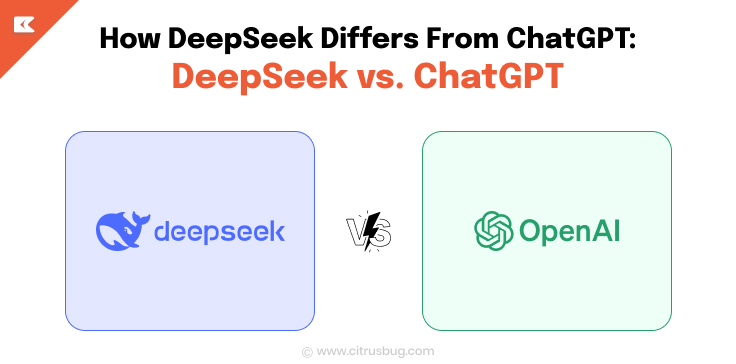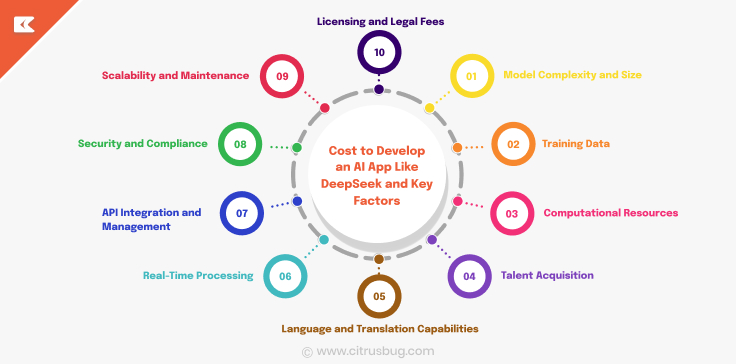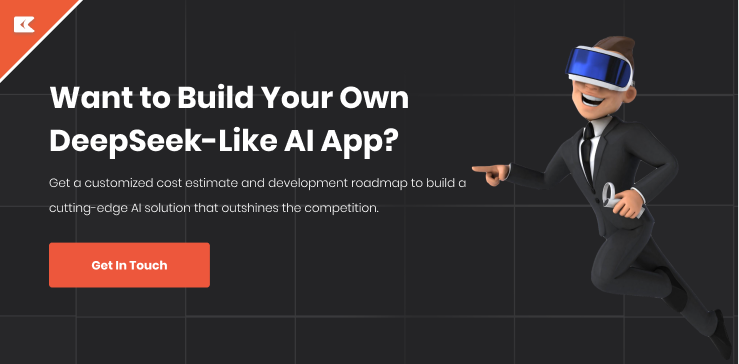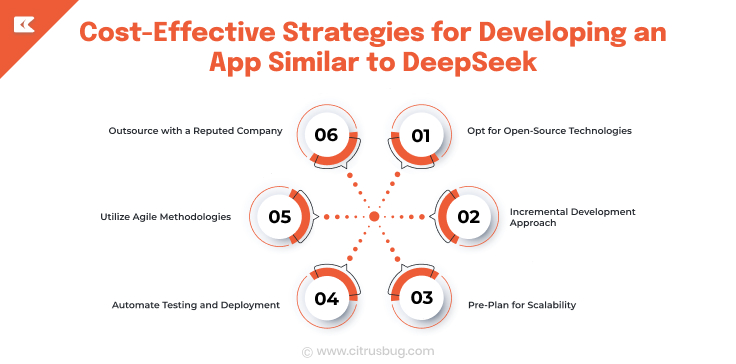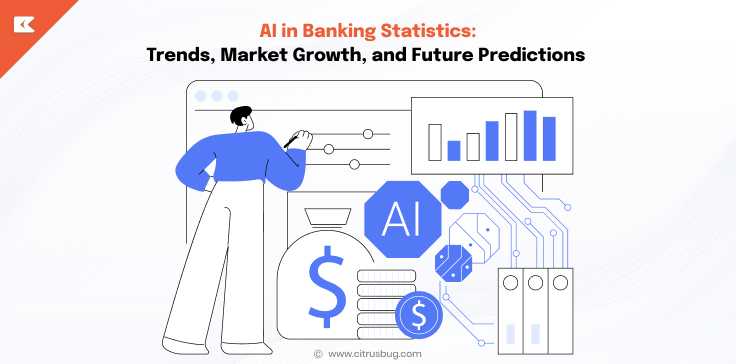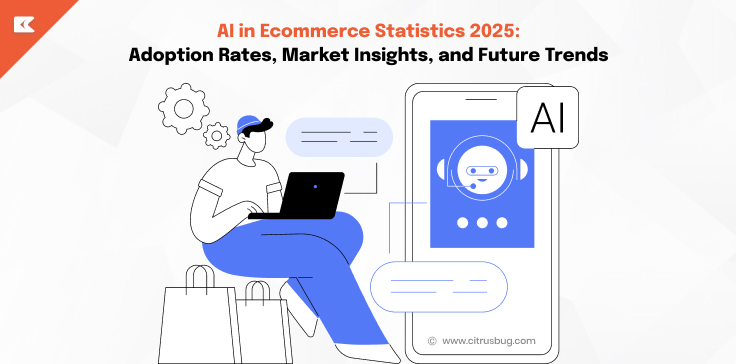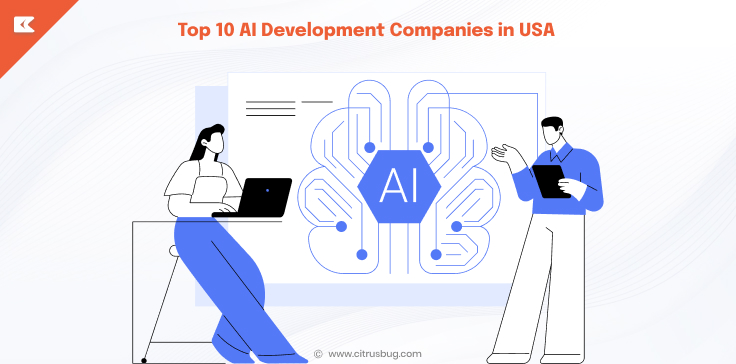How Much Does It Cost to Build an AI App Like DeepSeek
- February 21, 2025
-
2145 Views
- by Ishan Vyas
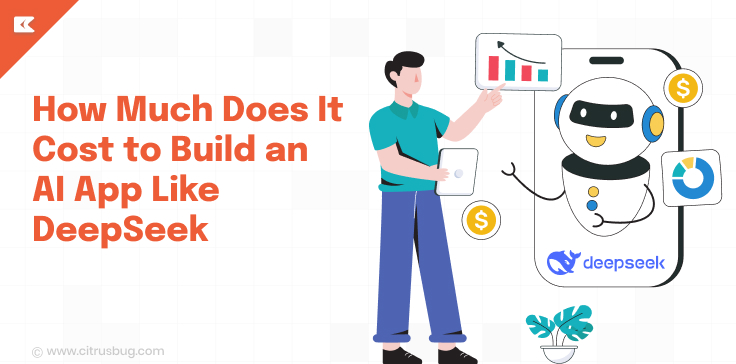
As a powerful rival to industry titans like OpenAI, DeepSeek AI has swept the artificial intelligence scene. With its affordable and effective AI solutions, this Chinese AI startup has quickly taken the market by storm and captured the attention of both customers and enterprises. With its capacity to provide human-like interactions, real-time data insights, and specialised AI models, DeepSeek has established itself as a comprehensive AI ecosystem that is revolutionising language processing and research, rather than merely another chatbot.
DeepSeek has encountered regulatory scrutiny despite its quick ascent, which has presented both opportunities and obstacles for companies wishing to get into the AI market. Anyone considering a similar venture must have a thorough understanding of the expenses involved in developing an AI platform such as DeepSeek.
In this blog, we’ll break down the key factors involved in the cost for developing an app like DeepSeek, offering insights into budgeting and strategic planning to help you navigate this fast-growing industry.
But first let’s understand:
What is DeepSeek?
DeepSeek is a Chinese AI technology firm headquartered in Hangzhou. In May 2023, Liang Wenfeng, an alumnus of Zhejiang University, founded the company. DeepSeek is a subsidiary of High-Flyer, a China-based quantitative hedge fund that was co-founded by Wenfeng. On the initiative of High-Flyer, DeepSeek now operates as an independent AI research lab. Neither DeepSeek’s valuation nor its total fundraising figure have been disclosed till date.
DeepSeek is focused on developing open source LLMs. Its first model came out in November 2023. numerous drafts of the company’s core LLM have yielded numerous versions. But it did not get a global name till January 2025, with the release of its R1 reasoning model.
How DeepSeek Differs From ChatGPT: DeepSeek vs. ChatGPT?
Although DeepSeek and ChatGPT are both cutting-edge AI language models, they handle similar challenges in quite different ways. Let’s analyse their main differences in a meaningful approach.
Model architecture
Fundamentally, these AI models function differently. Using a technique known as a Mixture-of-Experts (MoE), DeepSeek employs a group of specialised experts, but only the most significant ones are consulted for each assignment. Consider DeepSeek’s 671 billion parameters as the model’s knowledge points. This increases efficiency by just activating a portion of the parameters for every request. With the help of this Mixture-of-Experts technique, DeepSeek is able to dynamically adjust to various query patterns while optimising performance and resource utilisation. On the other hand, ChatGPT employs a conventional transformer model, which is more reliable but might be less effective than having all specialists work on every assignment.
Performance strengths
Every model excels in a unique way. DeepSeek has demonstrated remarkable aptitude for technical tasks especially in mathematics, where it outperforms many of its rivals with an accuracy rate of 90%. Because of this, it is very helpful while working on technical issues. But when it comes to comprehending context and offering more sophisticated answers on a wider range of subjects, ChatGPT excels.
Accessibility and cost
The way you may access and utilise these tools is among the most important difference. Because DeepSeek uses an open-source methodology, it is openly accessible and subject to community modification. If you wish to comprehend or modify the underlying technology, this is especially helpful. ChatGPT uses a freemium business model, meaning that although basic services are available without charge, more sophisticated features require a subscription.
Customization and ease of use
DeepSeek provides a wider range of customisation choices for users who are more at ease using technical tools. But this has a higher learning curve and calls for some technical know-how. User-friendliness is a top priority for ChatGPT, providing a more sophisticated experience that is affordable even for individuals who are just beginning their data science adventure.
Development philosophy
DeepSeek was developed with an emphasis on efficiency, utilising less powerful hardware and creative training techniques. This illustrates how resource constraints can occasionally be circumvented by resource-savvy engineering. ChatGPT uses a more conventional method to accomplish its capabilities, while having been built with significant computational resources.
Cost to Develop an AI App Like DeepSeek and Key Factors
Creating an AI application such as DeepSeek usually costs between $50,000 and more than $300,000. However, a number of variables can cause the ultimate cost to vary greatly. Let’s examine the main factors that affect the budget and the technical components that affect the cost of AI app development.
Model Complexity and Size
The cost of developing an AI app like DeepSeek depends significantly on the complexity and size of the model. Larger models with billions of parameters require extensive computing power, storage, and optimization, increasing both development and operational expenses. If you’re planning to build an AI app, using an app cost estimator can help you get a clearer idea of the budget required based on your specific features and infrastructure needs.
Training Data
High-quality training data is essential for an AI app. Acquiring, cleaning, and labeling vast datasets for diverse language tasks can be expensive. Proprietary datasets, third-party licensing, and human annotation add to the overall development costs.
Computational Resources
AI training and inference require powerful GPUs or TPUs, which come at a high cost. Cloud-based solutions like AWS, Google Cloud, or on-premise AI infrastructure significantly impact the budget, depending on scalability needs.
Talent Acquisition
Building an AI model like DeepSeek requires hiring skilled professionals, including AI researchers, ML engineers, and data scientists. Salaries for such experts are high, and outsourcing vs. in-house development choices influence the overall budget.
Language and Translation Capabilities
For multilingual AI apps, incorporating translation and NLP capabilities increases costs. Additional training, fine-tuning on diverse datasets, and ensuring accuracy across languages require specialized algorithms and higher computational expenses.
Real-Time Processing
If the AI app offers real-time text generation or conversational AI, low-latency processing is crucial. Ensuring fast response times with optimized models and distributed computing infrastructure adds to both initial and ongoing costs.
API Integration and Management
To enhance usability, AI apps often integrate with third-party APIs for speech-to-text, text-to-speech, or external data sources. Licensing these APIs and managing seamless integration increases development and maintenance costs.
Security and Compliance
Protecting user data and ensuring regulatory compliance (GDPR, HIPAA, etc.) require implementing encryption, authentication, and privacy controls. Meeting legal standards adds to development costs and requires ongoing security updates.
Scalability and Maintenance
As the user base grows, maintaining a scalable infrastructure is vital. Implementing cloud solutions, load balancing, and regular model updates contribute to ongoing operational costs beyond initial development.
Licensing and Legal Fees
AI development often involves using third-party tools, frameworks, and datasets that require licensing fees. Additionally, legal expenses for intellectual property protection, compliance, and contracts add to the total cost of building an AI app like DeepSeek.
You may develop an app that not only matches DeepSeek’s capabilities but also offers an exceptional user experience customized to your unique business objectives by putting these essential aspects into practice.
Cost-Effective Strategies for Developing an App Similar to DeepSeek
Developing a cost-effective app requires strategic planning and efficient resource management. By leveraging the right technologies, methodologies, and development practices, businesses can significantly reduce expenses while maintaining quality and scalability.
Opt for Open-Source Technologies
Because open-source technologies do not require license fees, they drastically lower the cost of software development. These solutions offer a large community of support, guaranteeing ongoing security upgrades and enhancements. Furthermore, open-source solutions provide customisation and flexibility to satisfy particular project needs.
Incremental Development Approach
By segmenting the project into smaller stages, an incremental development technique aids in effective cost management. This guarantees that resources are not wasted on additional features or rework and enables frequent feedback, early problem detection, and improved budget allocation.
Pre-Plan for Scalability
By considering scalability in the beginning, the software can accommodate growing user demand without needing expensive redevelopments. Modular coding techniques, cloud computing, and scalable architecture all contribute to lower long-term infrastructure and maintenance expenses.
Automate Testing and Deployment
Automating testing and deployment improves efficiency, reduces human errors, and accelerates time-to-market. Continuous integration and delivery (CI/CD) pipelines ensure smooth updates and bug fixes, ultimately cutting down costs associated with manual testing and deployment delays.
Utilize Agile Methodologies
Agile methodologies streamline development by fostering collaboration, flexibility, and iterative improvements. This approach helps in prioritizing essential features, minimizing wastage, and adapting to changing requirements, ensuring cost-effective and efficient software development.
Outsource with a Reputed Company
Outsourcing to a reputed company ensures access to skilled developers at competitive rates. It eliminates the need for in-house hiring and infrastructure investment. Additionally, experienced outsourcing partners bring expertise, best practices, and proven development processes, optimizing costs while maintaining quality.
Conclusion
Building an AI app like DeepSeek requires strategic planning, cutting-edge technology, and a well-structured development approach. The overall cost can range from $50,000 to over $300,000, depending on factors such as model complexity, training data, computational resources, and security measures. However, businesses can optimize costs by leveraging open-source technologies, adopting an incremental development approach, automating testing and deployment, and outsourcing to experienced AI/ML development firms.
By focusing on scalability, efficiency, and innovation, companies can create AI-driven applications that rival industry leaders while maintaining cost-effectiveness. As the AI landscape continues to evolve, staying updated with the latest advancements and best practices will be crucial for long-term success.


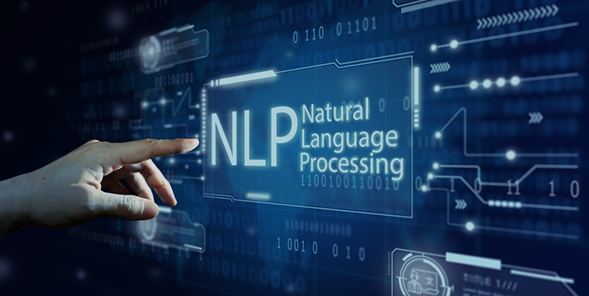


 SaaS Development
SaaS Development Web Application Development
Web Application Development Mobile Application Development
Mobile Application Development Custom Software Development
Custom Software Development Cloud Development
Cloud Development DevOps Development
DevOps Development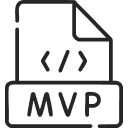 MVP Development
MVP Development Digital Product Development
Digital Product Development Hire Chatbot Developers
Hire Chatbot Developers Hire Python Developers
Hire Python Developers Hire Django Developers
Hire Django Developers Hire ReactJS Developers
Hire ReactJS Developers Hire AngularJS Developers
Hire AngularJS Developers Hire VueJS Developers
Hire VueJS Developers Hire Full Stack Developers
Hire Full Stack Developers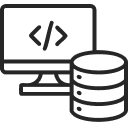 Hire Back End Developers
Hire Back End Developers Hire Front End Developers
Hire Front End Developers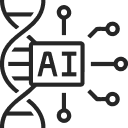 AI Healthcare Software Development & Consulting
AI Healthcare Software Development & Consulting Healthcare App Development
Healthcare App Development EHR Software Development
EHR Software Development Healthcare AI Chatbot Development
Healthcare AI Chatbot Development Telemedicine App Development Company
Telemedicine App Development Company Medical Billing Software Development
Medical Billing Software Development Fitness App Development
Fitness App Development RPM Software Development
RPM Software Development Medicine Delivery App Development
Medicine Delivery App Development Medical Device Software Development
Medical Device Software Development Patient Engagement Software Solutions
Patient Engagement Software Solutions Mental Health App Development
Mental Health App Development Healthcare IT Consulting
Healthcare IT Consulting Healthcare CRM Software Development
Healthcare CRM Software Development Healthcare IT Managed Services
Healthcare IT Managed Services Healthcare Software Testing services
Healthcare Software Testing services Medical Practice Management Software
Medical Practice Management Software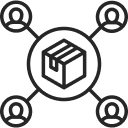 Outsourcing Healthcare IT Services
Outsourcing Healthcare IT Services IoT Solutions for Healthcare
IoT Solutions for Healthcare Medical Image Analysis Software Development Services
Medical Image Analysis Software Development Services Lending Software Development Services
Lending Software Development Services Payment Gateway Software Development
Payment Gateway Software Development Accounting Software Development
Accounting Software Development AI-Driven Banking App Development
AI-Driven Banking App Development Insurance Software Development
Insurance Software Development Finance Software Development
Finance Software Development Loan Management Software Development
Loan Management Software Development Decentralized Finance Development Services
Decentralized Finance Development Services eWallet App Development
eWallet App Development Payment App Development
Payment App Development Money Transfer App Development
Money Transfer App Development Mortgage Software Development
Mortgage Software Development Insurance Fraud Detection Software Development
Insurance Fraud Detection Software Development Wealth Management Software Development
Wealth Management Software Development Cryptocurrency Exchange Platform Development
Cryptocurrency Exchange Platform Development Neobank App Development
Neobank App Development Stock Trading App Development
Stock Trading App Development AML software Development
AML software Development Web3 Wallet Development
Web3 Wallet Development Robo-Advisor App Development
Robo-Advisor App Development Supply Chain Management Software Development
Supply Chain Management Software Development Fleet Management Software Development
Fleet Management Software Development Warehouse Management Software Development
Warehouse Management Software Development LMS Development
LMS Development Education App Development
Education App Development Inventory Management Software Development
Inventory Management Software Development Property Management Software Development
Property Management Software Development Real Estate CRM Software Development
Real Estate CRM Software Development Real Estate Document Management Software
Real Estate Document Management Software Construction App Development
Construction App Development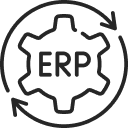 Construction ERP Software Development
Construction ERP Software Development





